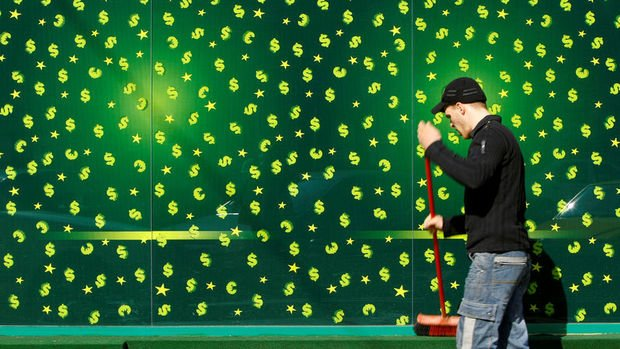Safe havens rise as Russia decides on 'partial mobilization'
Safe havens such as gold, dollars and bonds rose after Russian President Vladimir Putin declared mobilization. Europe's common currency, the euro, fell. Putin declared mobilization 'to protect Russia's territorial integrity and sovereignty'. Safe havens rose after the statement. Euro and US futures indexes fell. While the dollar index was trading near a record high, bitcoin fell below $19,000. The 10-year US bond yield fell 4 basis points to 3.52 percent, and the 10-year German bond yield fell 6 basis points to 1.87 percent. The ounce price of gold increased 0.3 percent to around $1,670. Brent oil is also up more than 2 percent. The euro fell 0.9 percent against the dollar to its lowest level in 2 weeks at 0.9885. Rabobank Strategist Jane Foley said, "We may be at a point where tensions are rising in the war, which means a lot of new uncertainties. This development will put pressure on the euro and Eastern European currencies." The offshore yuan fell to its lowest level against the dollar since 2020. The Fed's interest rate decision tonight will also have an impact on the market movement. According to a Bloomberg survey, the bank is expected to continue raising interest rates by 75 basis points. Only two people in the survey expect a 100 basis point rate hike. City Index analyst Fiona Cincotta said investors are in a cautious mode and are avoiding taking large positions before the Fed. The expert said, "The markets will not be driven by the interest rate hike, but by the Fed's next move." Economist Nouriel Roubini, known as the 'crisis prophet', predicted a "long and ugly" recession in the US and the world by the end of the year that could last until the end of 2023. Roubini predicted that in the worst-case scenario of a hard landing in the economy, the S&P 500 index could experience a sharp correction of 40 percent, adding, “Even in a more moderate recession, the S&P 500 could fall by 30 percent.”


